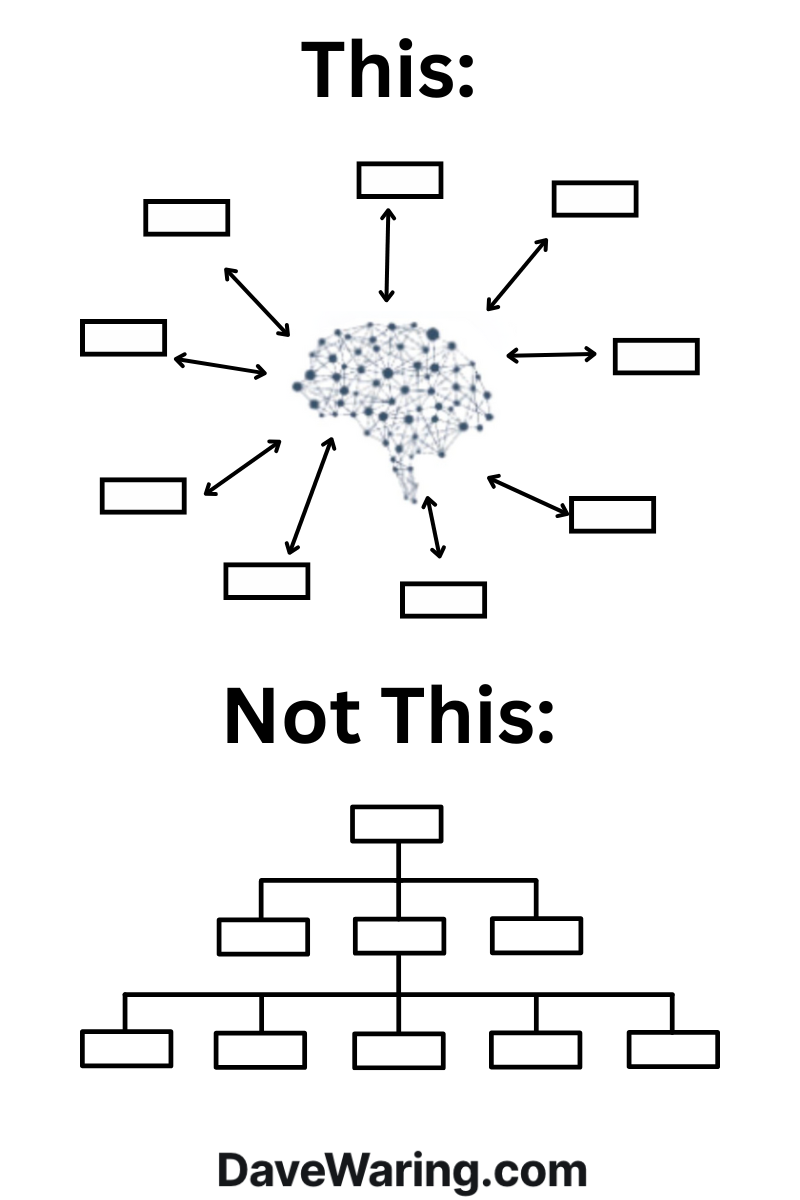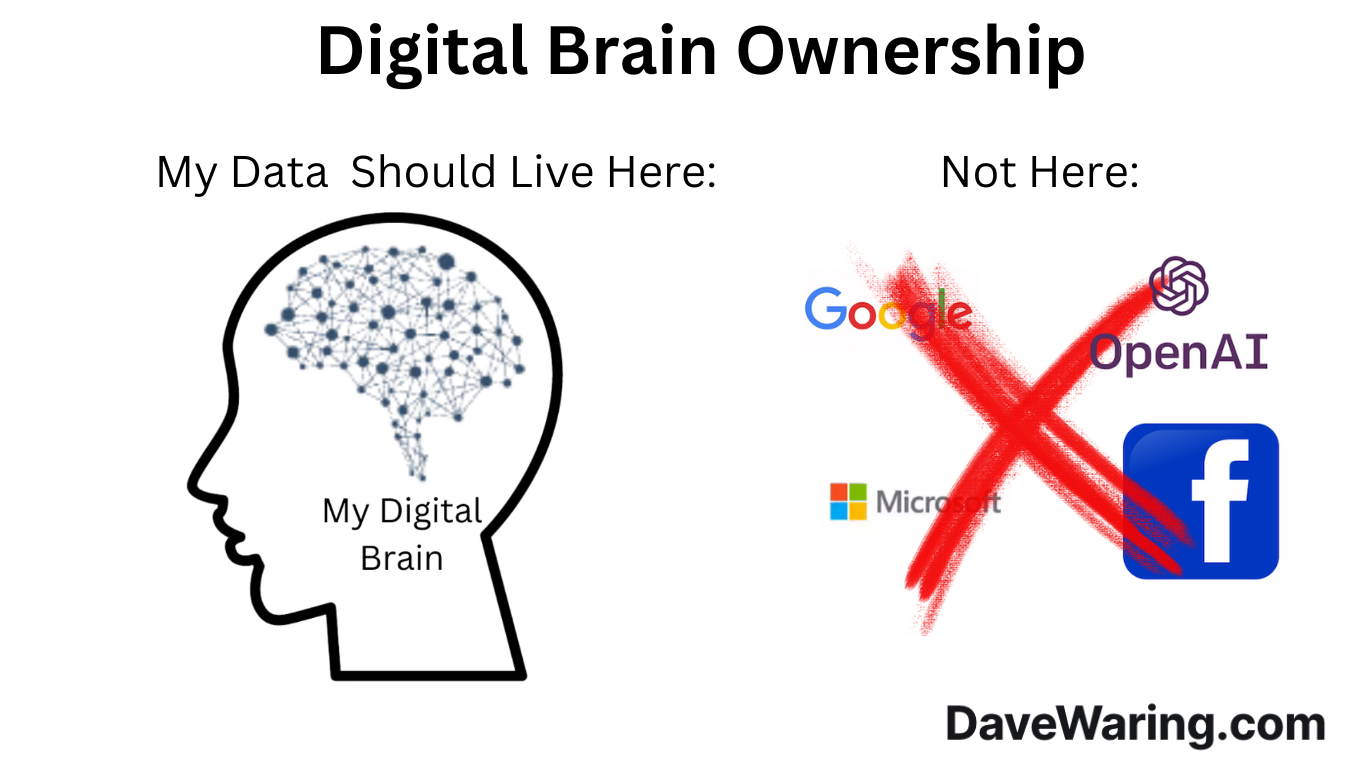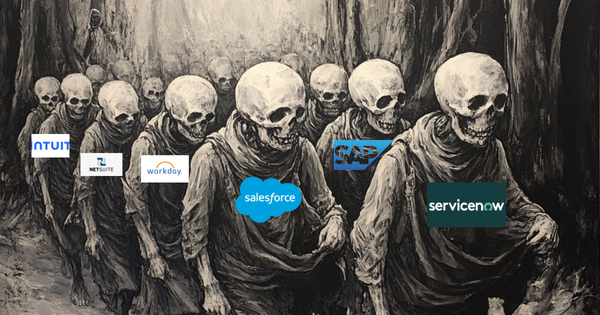Rethinking Work for the AI Age

The industrial revolution required completely rethinking the way we work.
And the AI revolution will as well.
Much of the way we work today comes from the Industrial Revolution.
Back then the majority of employees executed standardized work…
In standardized jobs…
For standardized pay.
Assembly line work required everyone working together at the same time, in the same place.
The business environment changed little from day to day, or even year to year.
Today’s business world could not be more different.
We need a new way of working for the AI age.
Below is an analysis of the problems with our current ways of working…
And some thoughts on solutions.
Problem 1: Standardized jobs
The more standardized the job is, the more likely it is to be automated by AI.
This is why standardized job descriptions are ill suited for the AI age.
Solution: Embrace Change
Success in the AI age will require:
- Using AI to automate any job it is capable of automating.
- Working in concert with AI to do everything else.
As the AI works in concert with a human, it will learn how to automate more and more of that human’s job.
And once their work is automated, the human will have 2 options:
- Go help another organization automate the same work.
- Up-skill themselves to do work that it is not yet possible to automate.
The only constant will be change…
So to succeed it must be embraced.
Problem 2: Standardized pay
Standardized pay made sense in a world of standardized work.
Someone who was good at screwing nuts on a tire was worth about the same as someone who was great at it.
In the AI age this is no longer true.
Someone who is great at using AI will be able to add many times more value than someone who is simply good.
And if their compensation doesn’t reflect that, they will go somewhere else where it will.
Solution: Value Based Pay
Tie compensation to the value an individual is delivering.
If someone is delivering 10X the value, they should be compensated 10X as much.
But keep in mind I didn’t say if someone is 10X as good…
I said delivering 10X the value.
If the org doesn’t need the skills of an individual, they shouldn’t pay for them, no matter how good they are.
Problem 3: Standardized work week
Standardized work weeks used to make sense…
Everyone needed to be at work at the same time for the assembly line to run.
More and more of our work can now be done anywhere there is a computer with an internet connection.
And at any time.
8 hour a day 5 day work weeks no longer make sense for many jobs.
Solution: Outcome based, not hours based work
One person with a tractor can do the work of 100 people without a tractor.
And soon one person with AI will be able to do the work of 100 people without AI.
This means organizations should incentivize people to get as much work done as possible…
Not disincentivize them by focusing on the number of hours they are working.
There’s no reason the person working 5 hours a week shouldn’t make the same as someone else working 40, if they are accomplishing the same things.
Similarly, individuals want to look for opportunities where they can earn more by leveraging AI to deliver more.
And not for how many hours they sit at a desk.
Problem 4: Full-Time Jobs
Full time jobs made sense when the majority of jobs were doing standardized work, during a standardized work week, for standardized pay…
When jobs changed little from day to day and even year to year.
In the AI age the only constant will be change.
Solution: Freelance Jobs
To succeed in the AI age organizations need the ability to swap team members in and out as rapidly as the environment changes.
Freelance should therefore not be the exception…
It should be the rule.
This allows organizations to change as rapidly as the environment they operate in is changing.
And it provides workers with the ability to leverage their skills wherever they are the most valued at any time.
Problem 5: Middle Management
During the Industrial Revolution middle managers were needed to measure the efficiency of processes.
And to come up with ideas for optimizing those processes.
Today software can measure any process.
And AI will be better at making optimization recommendations than humans, if it is not already.
Solution: Everyone’s a manager
Management is not a separate role in the AI age.
Every individual will have a team of AIs to manage and work with.
They will need to understand the strengths and weaknesses of their AIs…
To fully leverage their AI’s in the areas where they are strong…
And work with their AI’s to improve in the areas where they are weak.
Problem 6: Hierarchical org structures
Top down org structures worked well for the Industrial Revolution.
The work was relatively simple.
A few smart people at the top could make all the decisions.
You didn’t want your assembly line workers to think.
You just wanted them to execute their standardized jobs in a standardized way.
This doesn’t work in the AI age where work is non-standard, and things are changing rapidly.
Solution: AI centered org structures
Succeeding in the AI revolution will require putting AI at the center of everything.
This includes the organizational structure:

Every team member will feed the organization’s AI with data and information…
It will keep everyone up to date, informed, and aligned with the overall mission of the company…
And we will work in concert with the organizational AI to execute our work and compete in the market.
In other words, it will be the digital brain of the organization.
Examples:
Customer service call recordings, chats and emails will be fed into the company’s AI powered digital brain...
It will synthesize and summarize that information…
Make recommendations on how to improve the product based on received feedback…
And learn how to take on more and more of the customer service work from the humans currently performing it.
Marketing team members will feed all the data from the different platforms they market on to the digital brain.
The digital brain will identify areas where marketing is generating a positive return on investment, so you can double down...
And it will identify areas of weakness so you can improve.
HR will feed every team members performance information into the company's digital brain...
And it will make compensation, hiring, and firing recommendations.
The company’s digital brain will drive all other aspects of this article as well:
It will identify areas of the business that can be automated.
It will estimate the value different team members are adding to the org, and make value based pay recommendations.
It will automatically swap team members in and out of the project and org based on the changing needs of the business.
It will help humans identify and improve on their own strengths and weaknesses, as well as those of their AIs.
As it evolves and learns the company’s digital brain will become its primary competitive advantage.
So you want to make sure you own it, and not some other company like Open AI.

I know this is a lot.
But this is not the first time this has happened.
Electricity and the engine required rethinking every aspect of how work got done.
And AI will as well.
I don’t think we need to do all this at once.
But we do need to get started today.
Thanks for reading.
Dave





